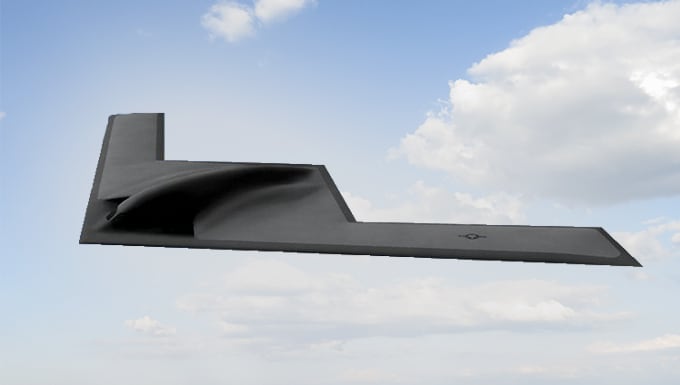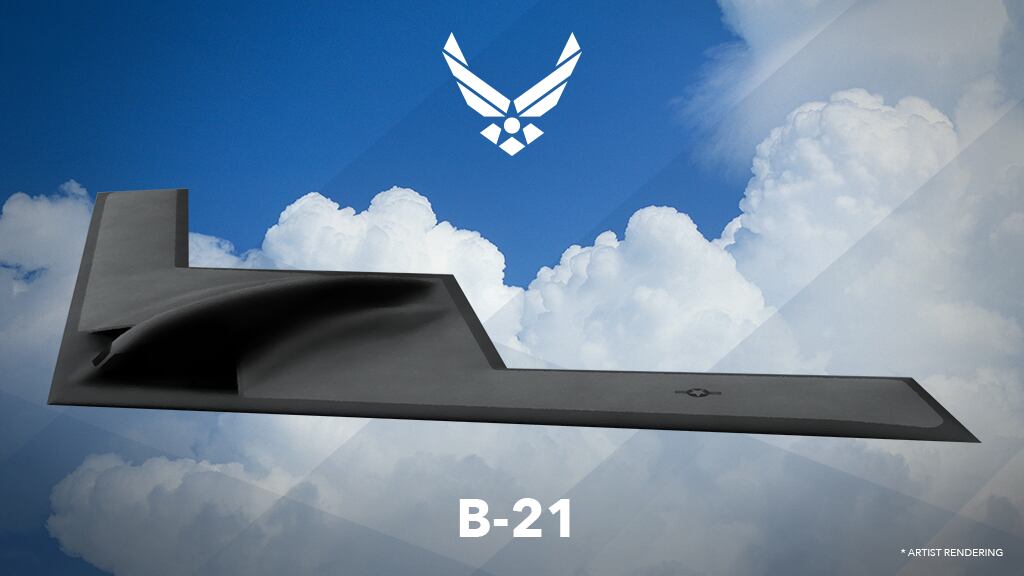WASHINGTON — The Air Force’s super-secret new bomber recently completed its critical design review, an Air Force official confirmed Dec. 6.
The official, who was not authorized to speak on the record on the program, offered no further details about the status of the B-21 Raider. However, Air Force officials had stated that the milestone was slated to occur by the end of 2018 — putting the program on pace to begin fielding aircraft around 2025.
RELATED

During the Reagan National Defense Forum on Dec. 1, Air Force Secretary Heather Wilson told reporters that the program had recently accomplished a key review, although it was not immediately clear whether it was the critical design review.
She said that the program continued to move forward on budget and on schedule, and praised its steady progress, according to Military.com.
"It's a good example of how to run a major acquisition program well and why delegation of authority back to the services … works to get high quality and to do so quickly," Wilson said.
The Air Force has only sparsely released information about the Northrop Grumman-produced bomber, and details about the exact status of the plane’s development — such as whether a prototype exists or has been flown — continue to be shrouded in mystery.
RELATED

The service plans on buying at least 100 B-21s, but airpower advocates are hopeful that the requirement will grow in light of the Air Force’s stated desire to grow its number of bomber squadrons from 9 to 14 by 2030.
The program is managed by the service’s Rapid Capabilities Office, a small shop separated from the Air Force’s larger acquisition apparatus that is able to use special authorities to more quickly develop and field new technologies.
Earlier this year, RCO head Randall Walden acknowledged that office has begun component testing and put a subscale model of the bomber through wind tunnel tests.
“From my perspective, this is about producing 100 bombers, not about just getting through development,” he added. “Development is a phase that leads into the fielding of this critical need. So my focus is getting the production started, but I can’t do that until we understand what the design looks like.”
In November, the service announced that it had picked Edwards Air Force Base in California to handle testing and evaluation of the advanced long-range strike bomber and Tinker Air Force Base in Oklahoma for depot maintenance of the B-21. Robins Air Force Base in Georgia and Hill Air Force Base in Utah will also play a role in sustaining the aircraft.
Valerie Insinna is Defense News' air warfare reporter. She previously worked the Navy/congressional beats for Defense Daily, which followed almost three years as a staff writer for National Defense Magazine. Prior to that, she worked as an editorial assistant for the Tokyo Shimbun’s Washington bureau.








